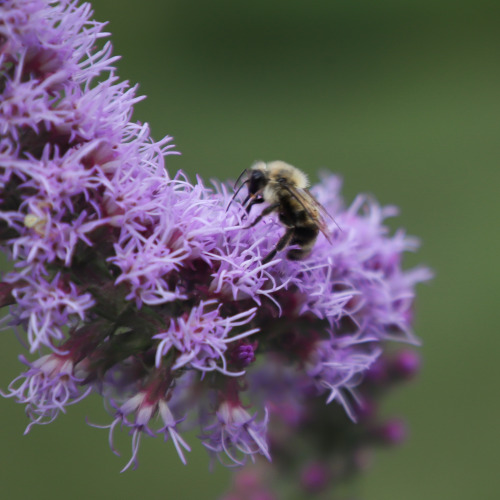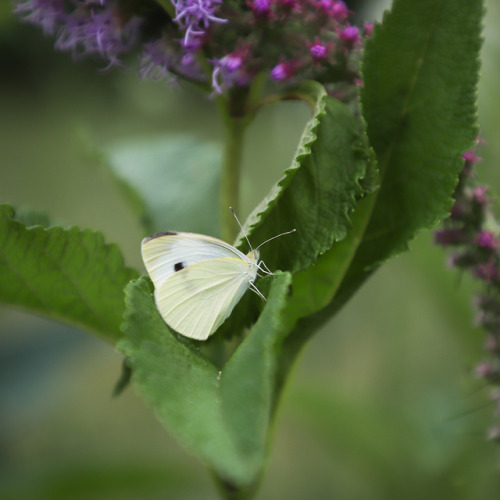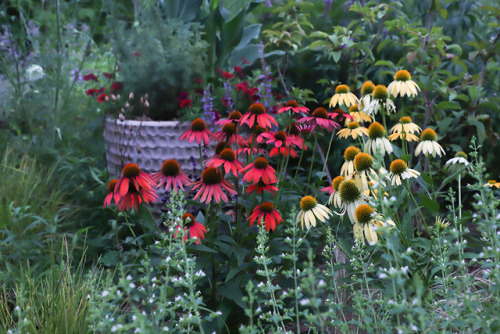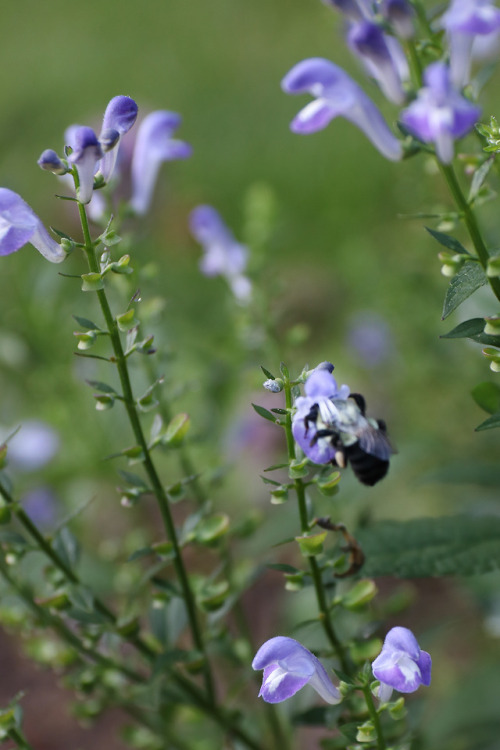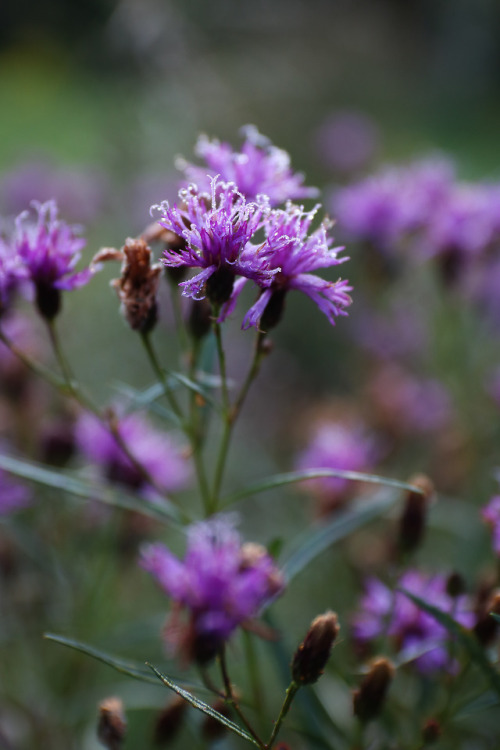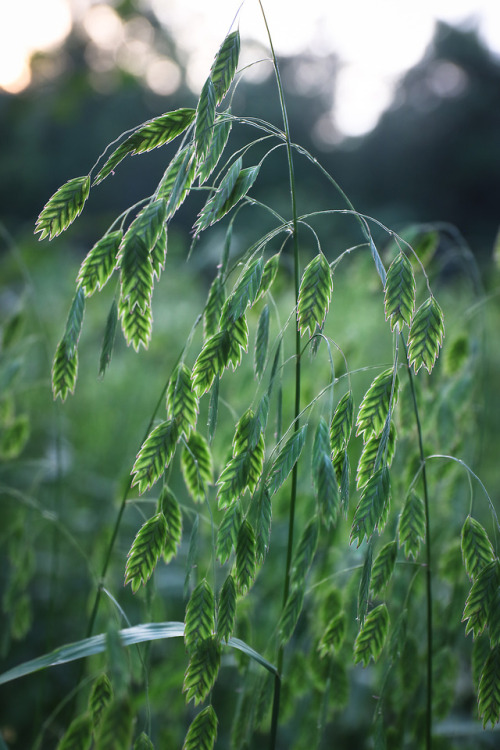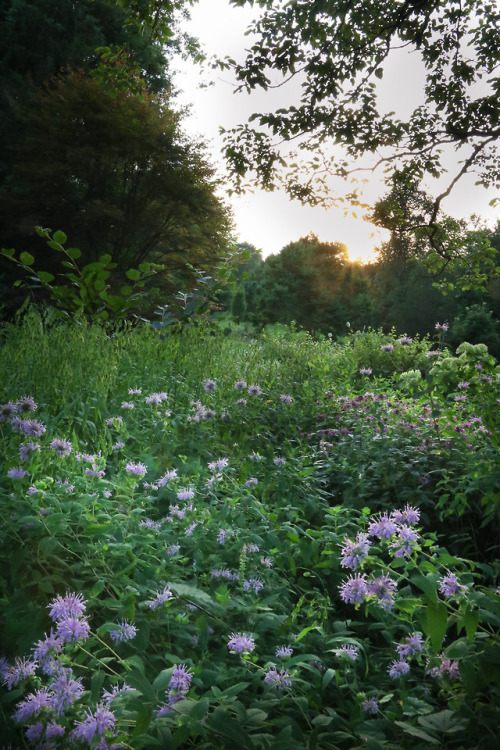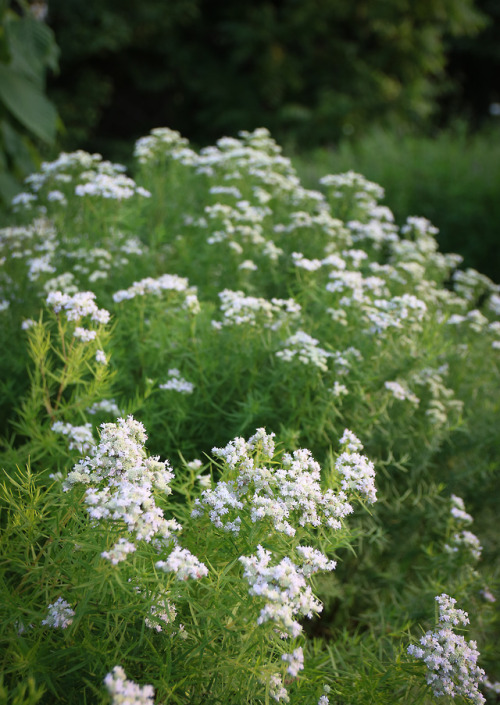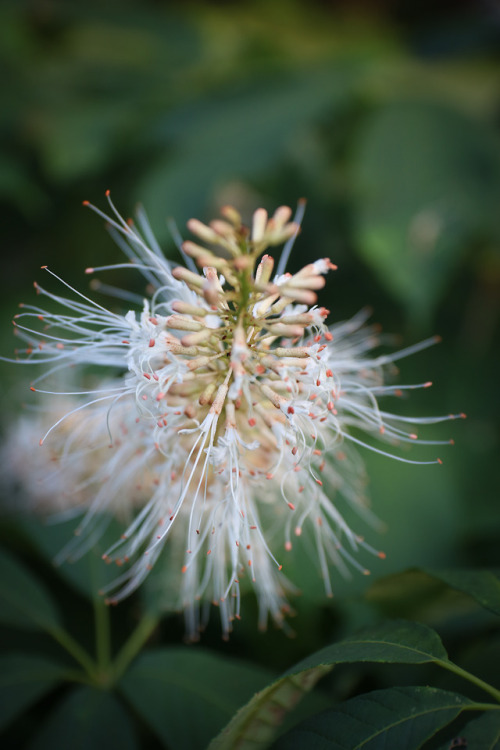#pollinators
A few years back I did a daily mixed media post about bones called bone_a_day. I think I did it for about 3 ½ years. Starting January, I am going to do a daily post about pollinators, mostly bees, but others as well. My pollinator garden is starting its fifth year. I’m including 12 posts in order to be caught up.
Post link

It may come as a surprise to some that small mammals such as rodents, shrews, and even marsupials have been coopted by plants for pollination services. Far from being occasional evolutionary oddities, many plants have coopted small furry critters for their reproductive needs. Some of the best illustrations of this phenomenon occur in the Protea family (Proteaceae).

The various members of Proteaceae are probably best known for their bizarre floral displays. Indeed, they are most often encountered outside of their native habitats as outlandish additions to the cut flower industry. Superficial interest in beauty aside, the floral structure of the various protea genera and species is complex to say the least. They are well adapted to ensure cross pollination regardless of what the inflorescence attracts. Most notable is the fact that pollen doesn’t stay on the anthers. Instead, it is deposited on the tip of a highly modified style, which is referred to as the pollen presenter. Usually these structures remain closed until some visiting animal triggers their release.

Although birds and insects have taken up a majority of the pollination needs of this family, small mammals have entered into the equation on multiple occasions. Pollination by rodents, shrews, and marsupials is collectively referred to as therophilly and it appears to be quite a successful strategy at that. Therophilous pollination has arisen in more than one genera within Proteaceae.
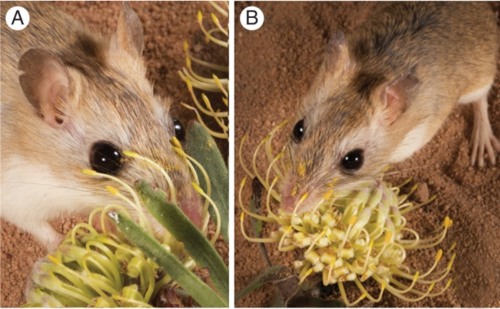
A therophilous pollination syndrome appears to come complete with a host of unique morphological characters aimed at keeping valuable pollen and nectar away from birds and insects. The inflorescences of therophilous species like Protea nana,P. cordata, and Leucospermum arenarium are usually tucked deep inside the branches of these bushes, often at or near ground level. They are also quite robust and sturdy in nature, which is thought to be an adaptation to avoid damage incurred by the teeth of hungry mammals. The inflorescences of therophilous proteas also tend to have brightly colored or even shiny flowers surrounded by inconspicuous brown involucral bracts.
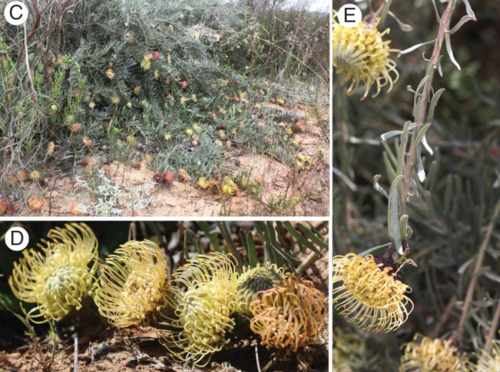
Contrasted against bird pollinated proteas, these inflorescences can seem rather drab but that is because small mammals like rodents and shrews are drawn in by another sense - smell. Therophilous proteas tend to produce inflorescences with strong musty or yeasty odors. They also produce copious amounts of sugar-rich, syrupy nectar. Small mammals, after all, need to take in a lot of calories throughout their waking hours and it appears that proteas use that to their advantage.

As a rodent or shrew slinks in to take a drink, its head gets completely covered in pollen. In fact, they become so dusted with pollen that, before small, easy to hide trail cameras became affordable, pollen loads in the feces of rodents were the main clue that these plants were attracting something other than birds or insects. What’s more, the flowering period of many of these therophilous proteas occurs in the spring, right around the time when many small mammals go into breeding mode. Its during this time that small mammals need all of the energy they can get.

As odd as it may seem, rodent pollination appears to be a successful strategy for a considerable amount of protea species. The proteas aren’t alone either. Other plants appear to have evolved therophilous pollination as well. Nature, after all, works with what it has available and small mammals like rodents make up a considerable portion of regional faunas. With that in mind, it is no wonder that more plants have not converged on a similar strategy. Likely many have, we just need to take the time to sit down and observe.
Giant Leopard Moth Caterpillar
When I found it it was crawling across my wood chip pile on a soon to be frosty night in early November. It was/is looking for a place to hibernate for the winter.
Whenever I find these I say positive vibes to them because it will rest for a few months just like bears, frogs, crickets and anoles.
Learn how the giant leopard moth is a beneath to the urban homestead by booking a tour or hands on learning experience.
One of the many reasons I choose native plants for my garden is so that the butterflies and all wildlife will have a place to rest as they pass through. When my son sees the butterflies and bees he is delighted and enchanted in a way that we often forget to be. I am reminded to look closer and treasure the moments when butterflies fly by.
Details: Yellow Sulphur 8"x10" birthday candles from years gone by, Acrylic, paper, cardboard and other discarded trash on canvas. From Of Roots and Wildness. Now showing at the Waukee public library gallery. Available- message for details. $120
#choosenativeplants #butterfly #butterflies #mixedmedia #pollinators #ecoart #birthdaycandles #enchant #magic #childhood #gardenart
https://www.instagram.com/p/B9kN7w9DBPr/?igshid=1tmidecx0ytyz
Post link
I’m working on cold stratifying my #milkweed. I will have seeds for the workshop in March and started plants for the workshop in May! Milkweed is the host plant for monarch caterpillars and provides food for many pollinators. I have butterfly, common, and rose milkweed.
..
#choosenativeplants #monarchbutterfly #pollinators #portrait #newcontemporaryart #acrylicpainting #iowaart #ecoart
https://www.instagram.com/p/B8kFwtrHFv-/?igshid=ka3ay1y9ce4a
Post link
The honey bee was one of the first domesticated insects and it is the only insect that produces food eaten by man. . Honey bees are vital pollinators; Because of its wide cultivation, this species is the single most important pollinator for agriculture, globally. . The European Honey Bee (Apis mellifera) is not native to the Americas — only arriving, aboard European ships, around 1622. . Honey bees have 6 legs, 2 compound eyes made up of thousands of tiny lenses (one on each side of the head), 3 simple eyes on the top of the head, 2 pairs of wings, a nectar pouch, and a stomach. . Honey bees have 170 odorant receptors. Their sense of smell is so precise that they can differentiate hundreds of different floral varieties and tell whether a flower carried pollen or nectar from metres away. . The honey bee’s wings stroke incredibly fast, about 200 beats per second, creating their famous, distinctive buzz. A honey bee can fly for up to six miles, and as fast as 15 miles per hour. . The average worker bee produces about 1/12th teaspoon of honey in her lifetime. . A hive of bees will fly 90,000 miles, the equivalent of three orbits around the earth to collect 1 kg of honey. . It takes one ounce of honey to fuel a bee’s flight around the world. . A honey bee visits 50 to 100 flowers during a collection trip. . While honeybees are awesome, let’s remember that they are not the only bees that need protecting! There are thousands of other bee species that are vital to our ecosystems, many of which specialize in pollinating native flora that cannot otherwise be pollinated by any other bee species. . The specimens used in my work were collected from a beekeeper after they’ve passed away. The bees push their dead out of the hive and they are collected so I can use them for my art. . Visit my webpage TheButterflyBabe.com or click the link in my bio to view all of my available art. . #thebutterflybabe #bee #bees #bumblebee #honeybee #honey #flower #garden #flowers #pollinators #natgeo #nature #mothernature #mothernature #savethebees #gogreen #greenplanet #eco #science #art #taxidermy https://www.instagram.com/p/B6eE3P-n_ha/?igshid=1oy9ginxi0cao
Post link
Happy #WorldBeeDay! ✨Let’s make some buzzzzz and #takeaction to build a shared future for all life.
This cute little fellow is an old embroidery that a stitched as a sample for a #crewel #embroideryWorkshop, so much fun!
#embroideredbee #beeembroidery #embroideredbug #embroideredinsect #abejabordada #worldbeedays #pollinators #fornature #pollen #beeday #biospherereserves #itsaboutlife #Forbees
#embroideringnature #wildlifeembroidery
https://www.instagram.com/p/CdyyGNxIpYJ/?igshid=NGJjMDIxMWI=
Post link
One last wander through the garden just before nightfall. There’s a few pollinators grabbing a last bit of nectar for the day and searching for hiding places for the night.
As it get’s darker, the garden sounds quiet for a moment as day shifts to night. Soon the owls start calling out to make their plans for the evening. Their calls are joined by the drone of the cicada’s and the magical twinkling of the fireflies begins.
Gardens and natural areas are the lifeblood of nature’s magic - must make more gardens and less lawn spaces !
mid July ~ Catharpin, Virginia
Post link
A few flowers for the bumble’s on this September morning.
Early September - Catharpin, Virginia
Post link
A very wild woodland edge mix showing some mid summer color. This is what happens when you plant a few things and let nature do her thing for the most part. Coneflowers, Monarda and River Oats have created their own composition to the delight of butterflies, hummingbird moths and bumblebees.
Post link
Nice pollinator magnet combination at the edge of the lawn leading into the meadow. Aesculus parviflora sends out these gorgeous long fireworks covered during the day with bees and butterflies. Smaller pollinators adorn the cushion of Pycanthemum. This one is P. tenufolium - so full and lush.
Post link










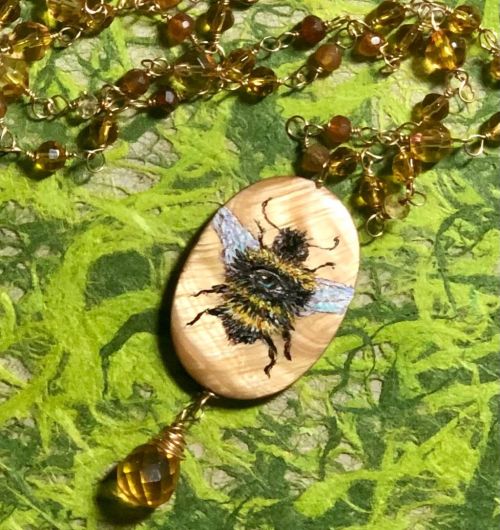








![Honeybee [ID: A monochromatic drawing of a fuzzy honeybee, done in oranges and pinks.] Honeybee [ID: A monochromatic drawing of a fuzzy honeybee, done in oranges and pinks.]](https://64.media.tumblr.com/00ddd3249cb286b4d37e6097d6e578a2/8d9581cfb79682b3-3a/s500x750/0696808c4b578e03e390309e6cae916301b0cdcd.jpg)



